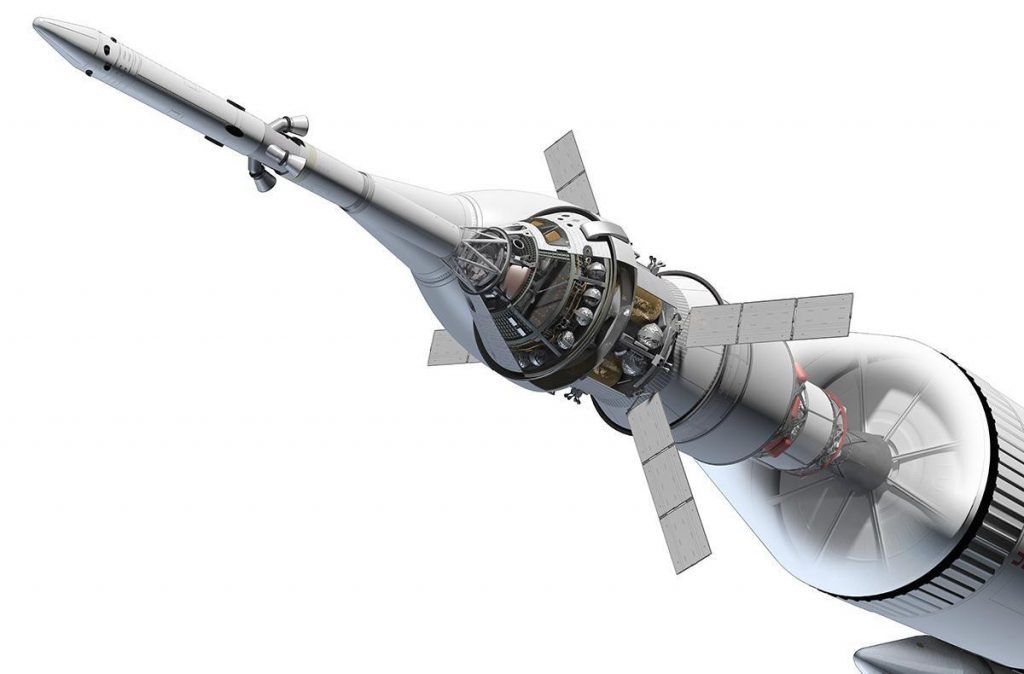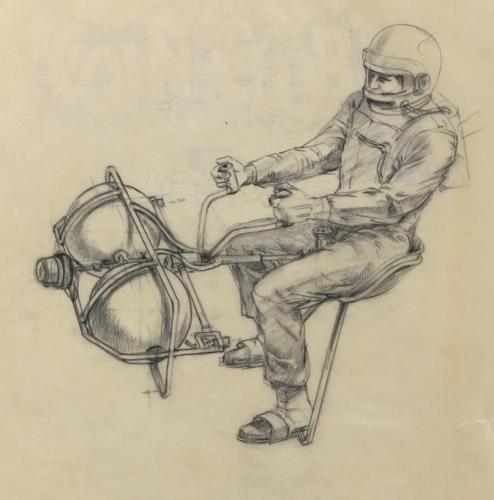A nifty piece of NASA art showing a cutaway of the Orion capsule atop the SLS.
… that I mastered for Fantastic Plastic.
Horten XVIII-B flying wing, German WWII bomber project.
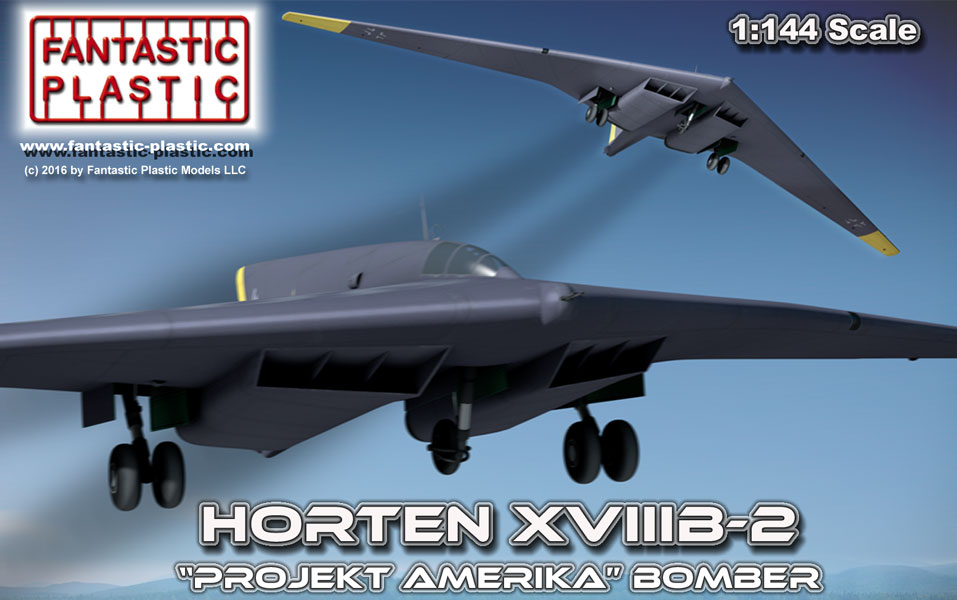
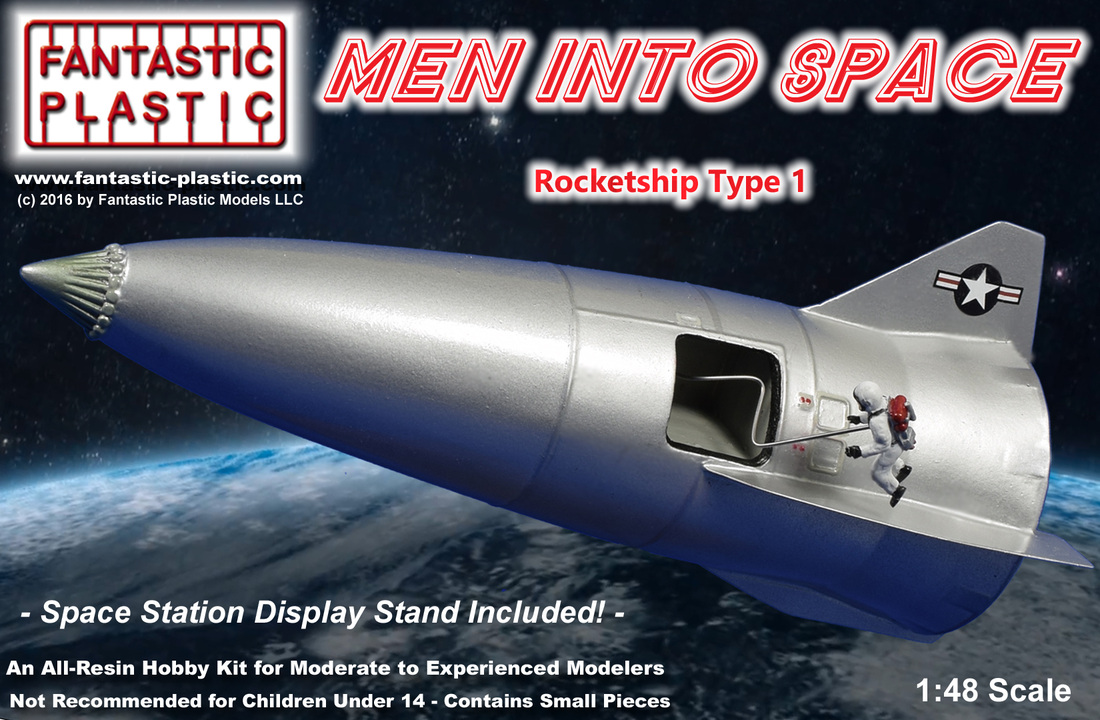
Rocky Jones Orbit Jet

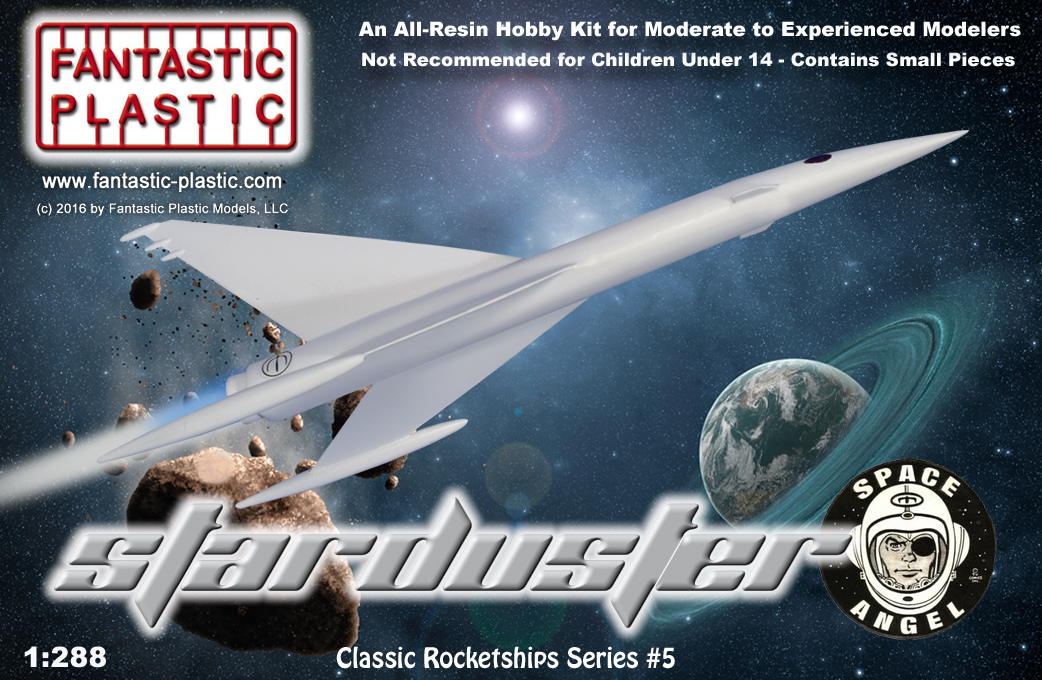
This is, ummm…
This is *not* a NASA concept, but one produced by the “Parker Brothers,” builders of Hollywood prop vehicles. It kinda looks “cool,”which is certainly good from a PR standpoint… but there’s a whole lot about the engineering design that’s head-scratching. Why the concessions to aerodynamics, when that is of approximately zero use in the incredibly thin atmosphere of Mars? Why all the artsy doodads, like the flags and logos that appear to be metal *relief* structures? Why does it look like something Batman would be busy welding Gatling guns to? And I’m frankly stumped by the wheels. They said the “cutouts” are so the wheels don’t get clogged up. Is… is that actually a concern with the incredibly dry Martian sand? Couldn’t rocks get jammed into those cutouts? What’s with the external bars in front of the windshield?Is this thing pressurized? Is it nuclear powered, and can the reactor put out 1.21 gigawatts? Does Jan Michael Vincent keep a dirtbike in the back?
Space.com has a few really nice photos from the recent launch & landing. Especially nifty is a close-up shot showing the booster shortly after launch.
See Awesome Photos of SpaceX’s Dragon Launch and Rocket Landing
For those unaware, “Cowboy Bebop” was a late-1990’s Japanese anime TV series. Set in the late 21st century, it follows a small crew of bounty hunters as they, well, hunt bounties across the Solar System. For a lot of people, the jazz soundtrack had them hooked. For me, it was the interesting world building. Earth was trashed a few decades ago when a “gate” (the large orbital “stargates” that let ships travel FTL from world to world) being tested on the Moon went kerflooey. But society at this point seems to have moved on, with colonies on Mars and Ganymede and such, with a number of vast rotating O’Neill colonies.
Calling it an animated prototype for “Firefly” would not be entirely uncalled-for.
It did suffer from the same WTF-itis that assails the majority of anime, with a lot of silly-weird Just Cuz,but it was nonetheless an overall damned fine series.
And now… live action:
‘Cowboy Bebop’ Cult Anime TV Series Gets U.S. Live-Action Remake By Tomorrow Studios, Midnight Radio & ‘Thor’ Writer
No data on what network or who’s going to star in it. Keanu Reeves was a whole lot of people’s favorite to play the main character of Spike back in the day when fans discussed a hypothetical live action adaptation, but Keanu is a few decades too old by this point. If the series is faithful to the environments of the original it’s going to be *expensive.*
Fantastic Plastic has released the 1/200 scale model of the Deep Impact “Messiah” spacecraft that I mastered for them in CAD a few years ago. Took a long time to get here, but it looks like a really spiffy model. At 27 inches long and 200+ pieces including photoetch, it’s kind of a beast.
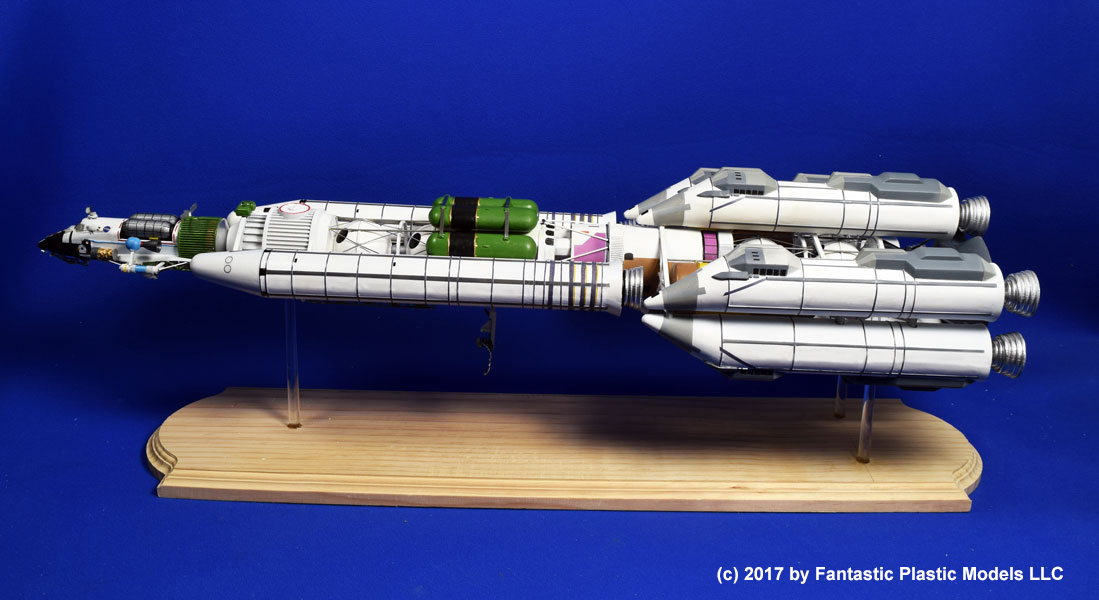
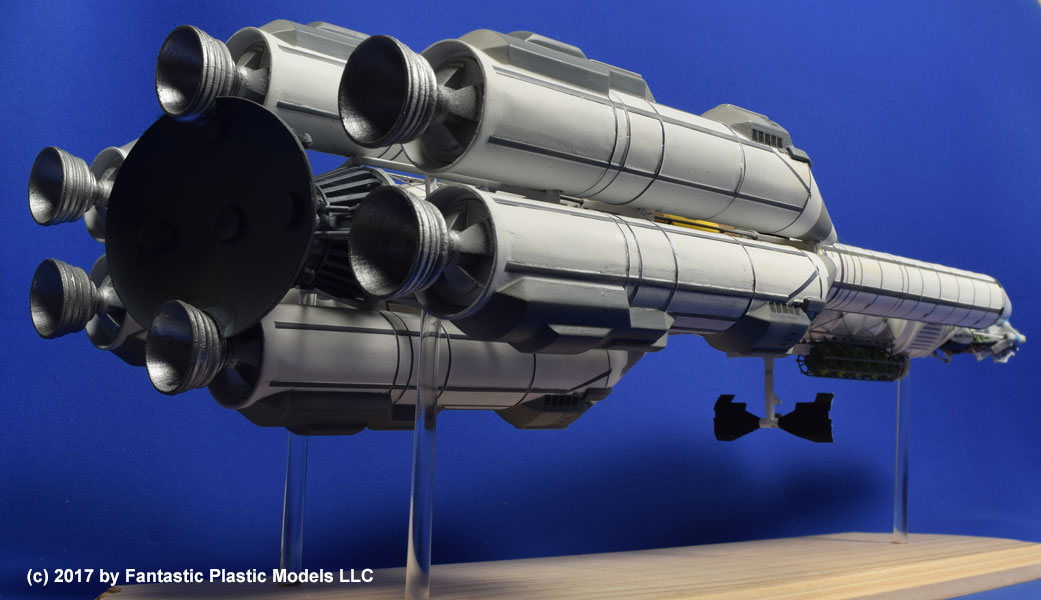
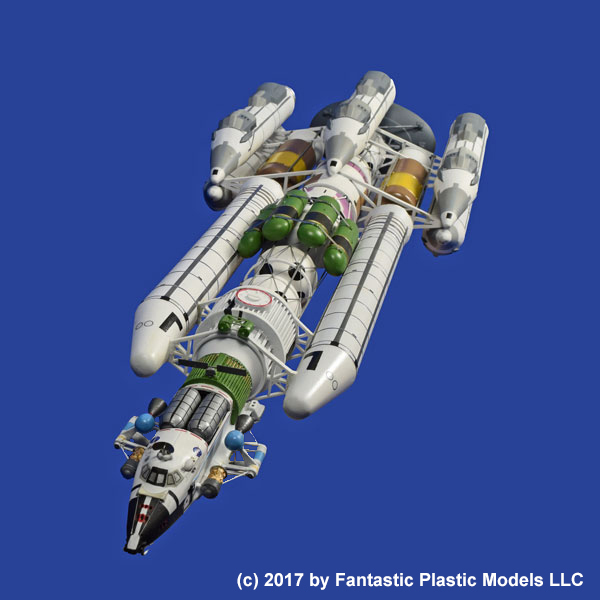
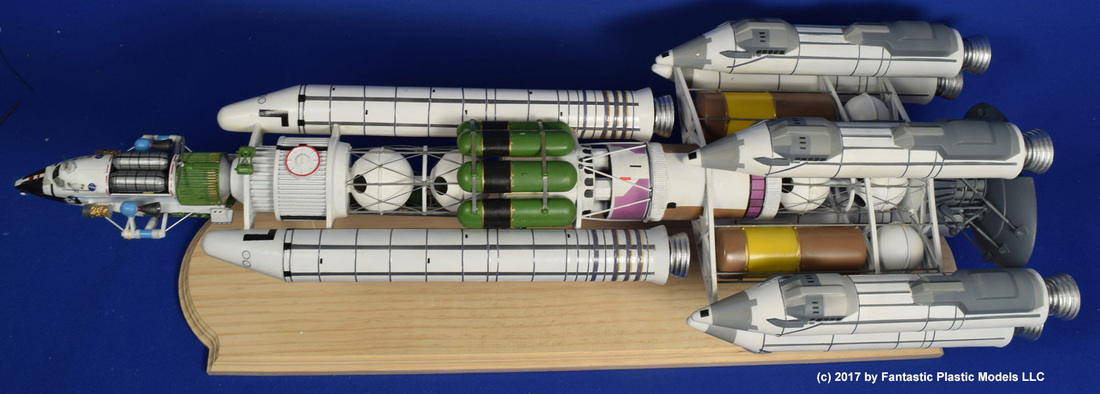
Probable correction:
Color me stunned, but the article is written in a way that seems to exaggerate the actual claims. For the moment I assume that the stage didn’t so much “splash down softly” as “plummet from the sky at terminal velocity.”
——
Bwuh?
NASA Considering Using Pre-flown SpaceX Rockets for Cargo Flights
SpaceX has also had success recently in recovering Falcon 9 second stages and payload fairings, the nose cones that protect satellites and other spacecraft during launch. After its work was done on Saturday, for example, the Falcon 9 second stage apparently splashed down softly in the ocean southwest of Australia, Hans Koenigsmann, SpaceX’s vice president of build and flight reliability, said during Saturday’s press conference.
Hold up. The second stage soft-landed in the ocean??? Way to bury the lede, guys.
They launched a Dragon resupply module to the ISS today and successfully recovered the first stage. Not new. But this is the Dragon second flight; that’s new. They recover it and it’ll be *really* new.
SpaceX sticks 11th rocket landing after launching first used Dragon capsule
Later this summer SpaceX will do their first Falcon 9 heavy launch, and they are apparently planning to *try* to recover the second stage, though they are apparently not very confident of success. But eventually they’ll get it, and then they’ll have a reusable first stage, reusable second stage and mostly reusable payload.
The extremely large Stratolaunch was rolled out of the hangar for the first time today. It’s still a ways away from completion and flight.
Stratolaunch Aircraft Makes First Rollout To Begin Fueling Tests

Currently there is a large, expensive auction on eBay for several hundred pieces of Marquardt concept art. The per-piece price of about ten bucks is pretty good, but the sum total is just a whole lot. Anyway, the auction listing provides a look at a *few* of the pieces, including one that depicts a “space sled.” This was a maneuver vehicle for a single astronaut, with much greater performance than the various maneuvering backpacks that had been designed over the decades. Instead of strapping it on, the pilot sits on it somewhat as if it was a motorcycle. The propellants are almost certainly cold gas (nitrogen) thrusters, which means specific impulse was really low. But it also made them very, very simple devices.
While Marquardt did some serious design work on space sleds, including building one that is currently on display at the USAF Museum in Dayton, it’s unclear how serious this one is. The space suit, after all, is pretty weak. There appear to be only two thrusters, both providing “forward” thrust; steering looks like it might have been by actually tilting the whole assembly. This would have provided only minimal thrust vectoring, and would have provided little to no pitch or roll control, and no braking thrust. My guess is that this was either the art department coming up with a concept on their own without much engineering input, or it was a very preliminary and perhaps unfinished piece.
